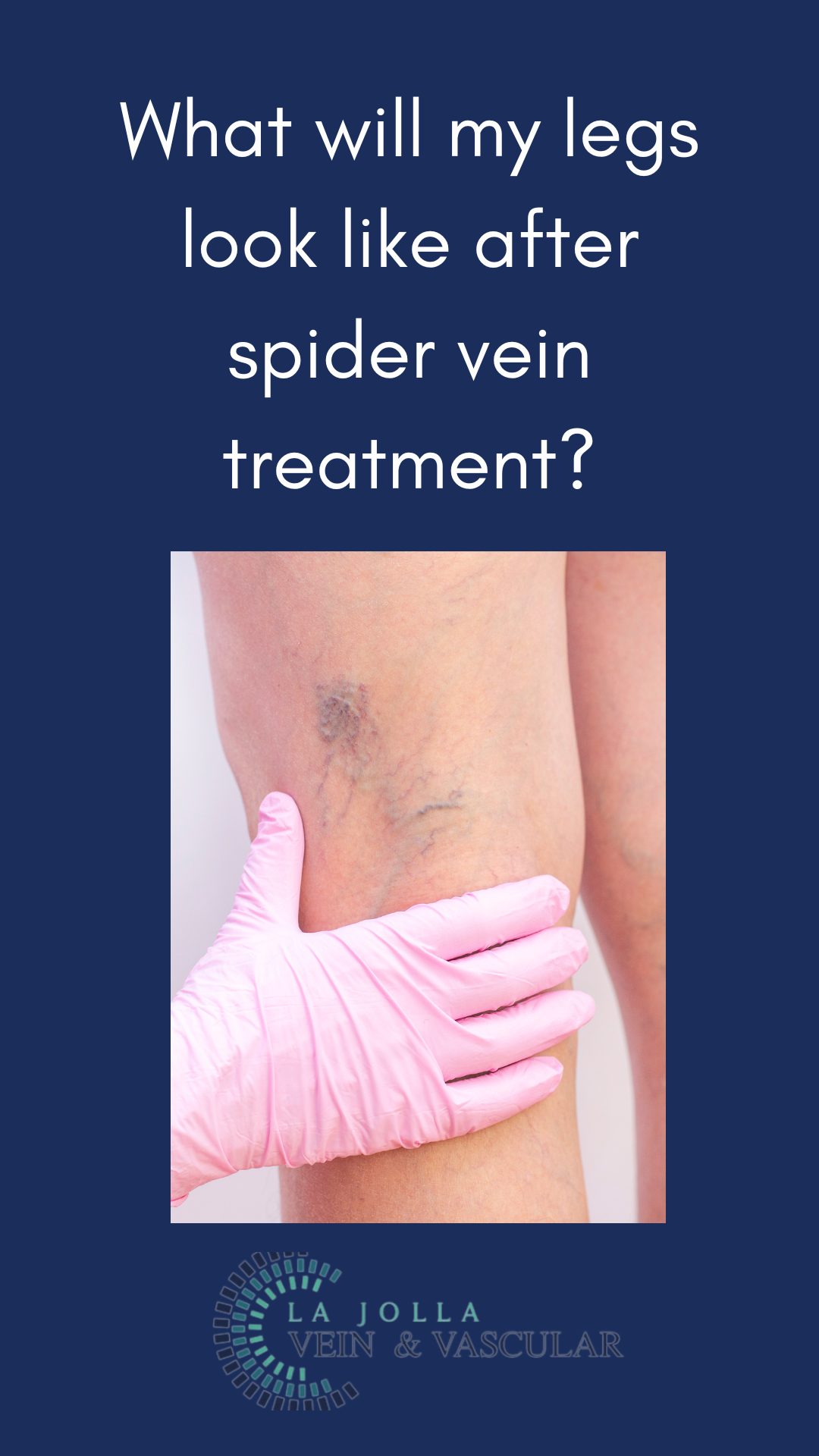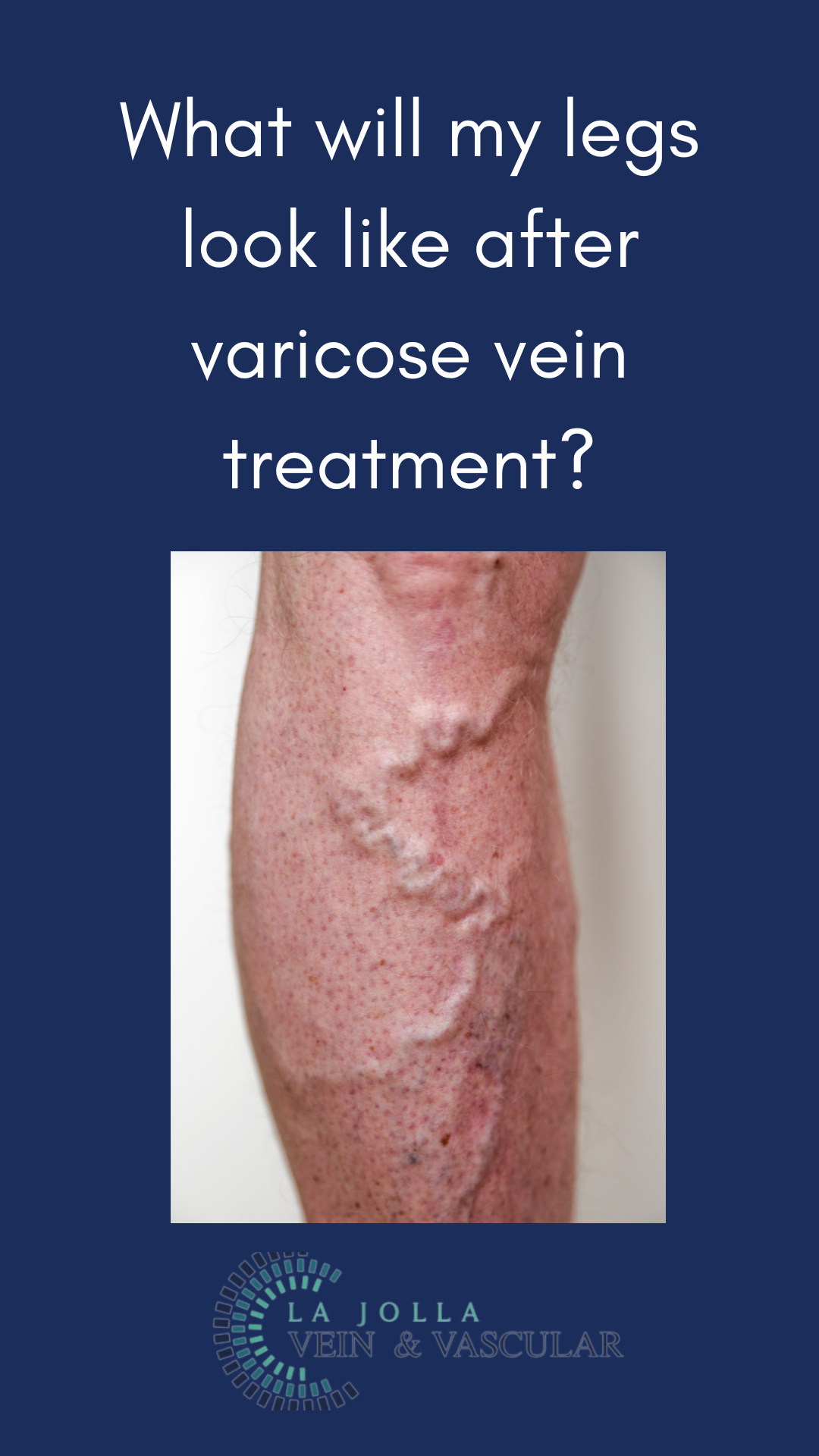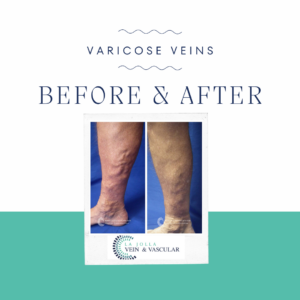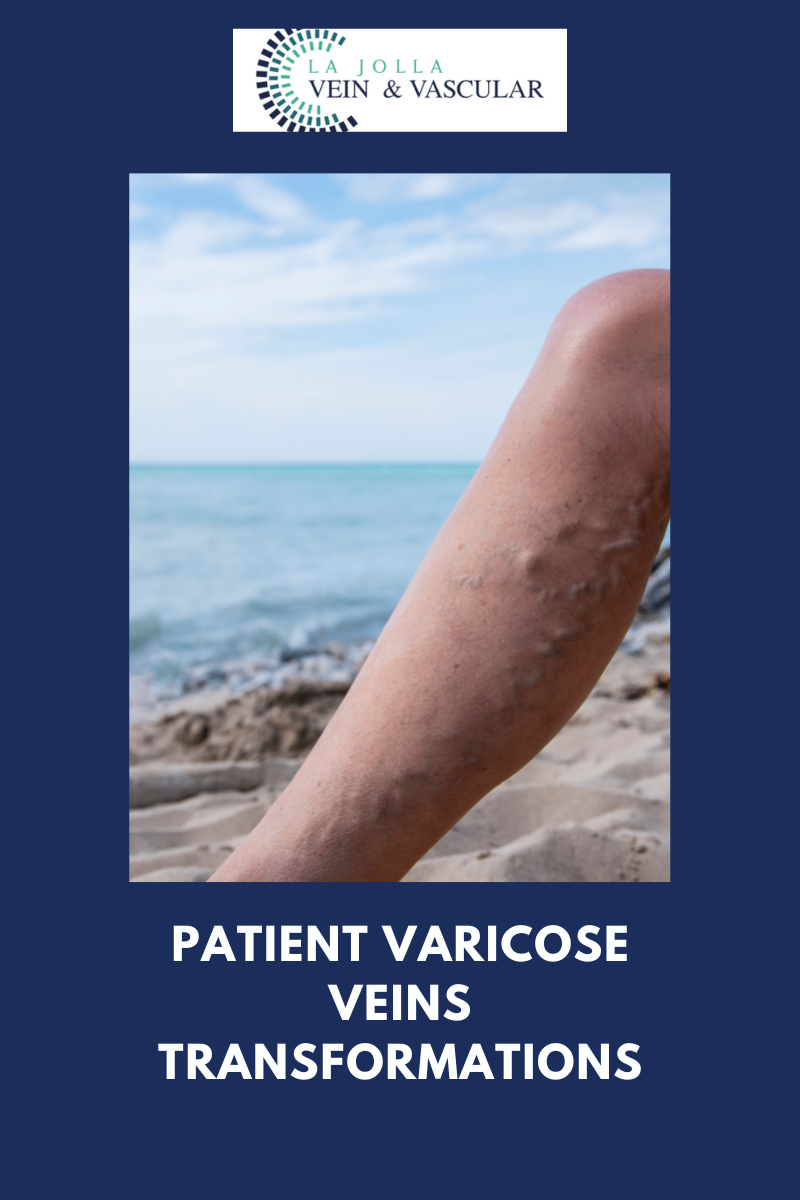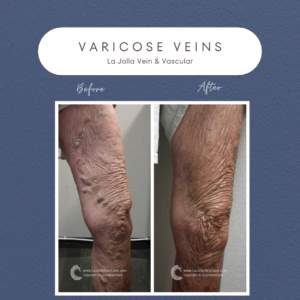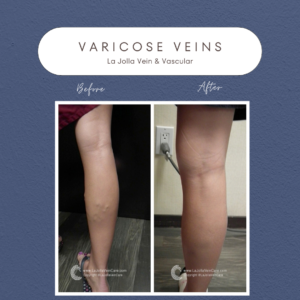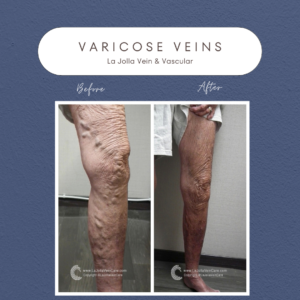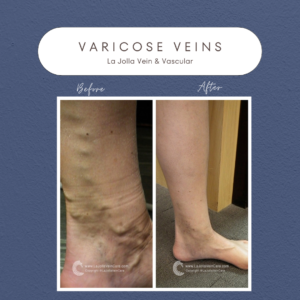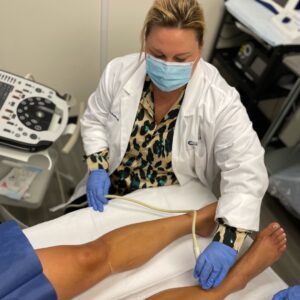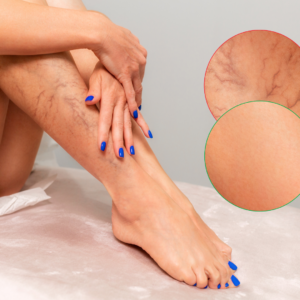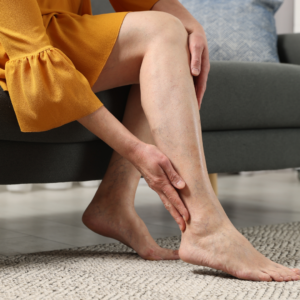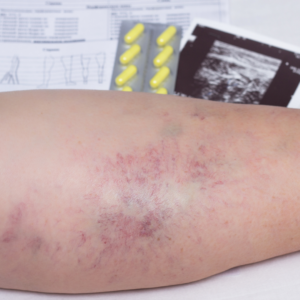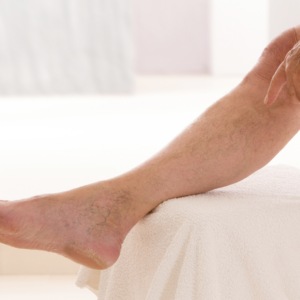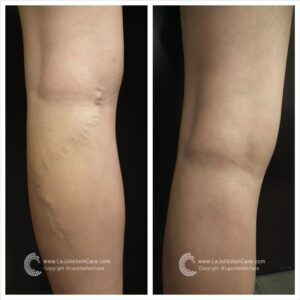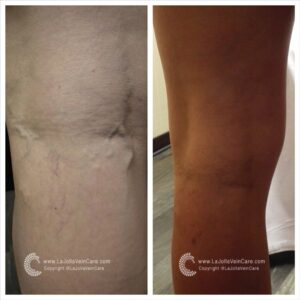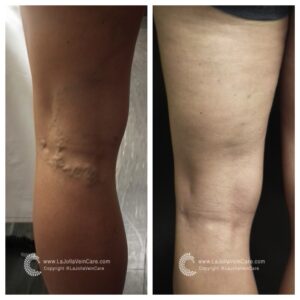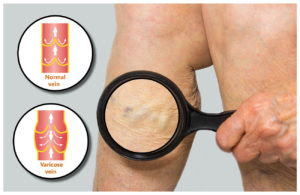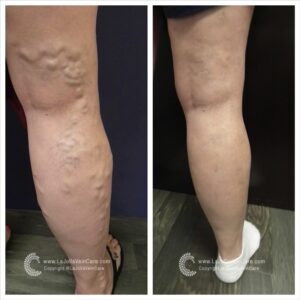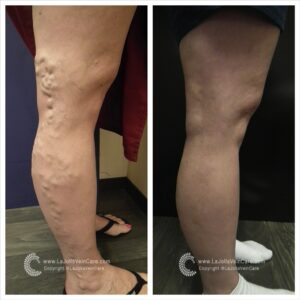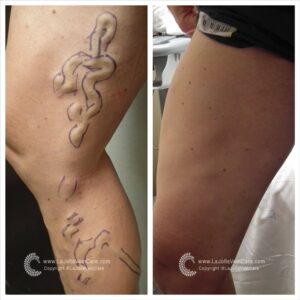What will my legs look like after spider vein treatment?
LJVascular2024-07-04T06:56:05-07:00Patient Transformation: Revitalizing Spider Veins
Spider veins, those delicate reddish veins gracing the skin's surface, might be more than a mere cosmetic concern. In this blog post, we'll unravel what spider veins are, delve into their symptoms, reveal their underlying causes, and emphasize the significance of effective treatment.
Understanding Spider Veins
Spider veins, often termed thread-like veins, are those fine, reddish vessels visible just beneath the skin. Although primarily associated with cosmetic issues, they could hint at underlying problems warranting attention. These visible veins do not indicate robust circulation.
Revealing Underlying Issues
Feeder veins, also known as 'reticular veins' or 'blue veins,' lurk beneath the surface, contributing to the emergence of spider veins. These feeder veins, unseen to the naked eye, serve as pathways for spider veins. Additionally, spider veins may hint at venous insufficiency. For example, their appearance around inner ankles or thighs might signal issues with the saphenous vein, necessitating ultrasound examination for effective root cause treatment.
Spotting Symptoms
Spider veins impact individuals differently. While some experience painless aesthetic concerns, others endure discomfort. Commonly reported symptoms include burning sensations, throbbing, localized pain, heat, and itchiness. In severe instances, the veins might even bleed.
Exploring Causes
Leg veins share causes with varicose veins, arising from leaky vein valves allowing blood accumulation, leading to vein stretching. Elsewhere on the body, triggers like sun damage, hormonal fluctuations, or liver disease induce veins. Hormonal changes during pregnancy, birth control use, or hormone replacement therapy can weaken vein walls, contributing to their appearance.
Real Transformations: Patient Success Stories

Our patients' vein treatment journeys reveal visible transformations. Before-and-after images reflect the positive impact of effective treatment. Progress from discomfort and aesthetic concerns toward improved life quality underscores the significance of seeking proper care.
Spider veins might seem minor but could be windows into underlying vascular issues. Understanding their causes, symptoms, and potential implications empowers individuals to seek suitable vein health solutions. Whether acknowledging feeder vein importance, recognizing venous insufficiency signs, or understanding spider vein triggers, education plays a pivotal role. Addressing them early sets individuals on a path toward healthier, more comfortable lives.
"Bringing Experts Together for Unparalleled Vein and Vascular Care"
La Jolla Vein & Vascular (formerly La Jolla Vein Care) is committed to bringing experts together for unparalleled vein and vascular care.
Nisha Bunke, MD, Sarah Lucas, MD, and Amanda Steinberger, MD are specialists who combine their experience and expertise to offer world-class vascular care.
Our accredited center is also a nationally known teaching site and center of excellence.
For more information on treatments and to book a consultation, please give our office a call at 858-550-0330.
For a deeper dive into vein and vascular care, please check out our Youtube Channel at this link, and our website https://ljvascular.com
For more information on varicose veins and eliminating underlying venous insufficiency,
Please follow our social media Instagram Profile for more fun videos and educational information.
For more blogs and educational content, please check out our clinic's blog posts!

